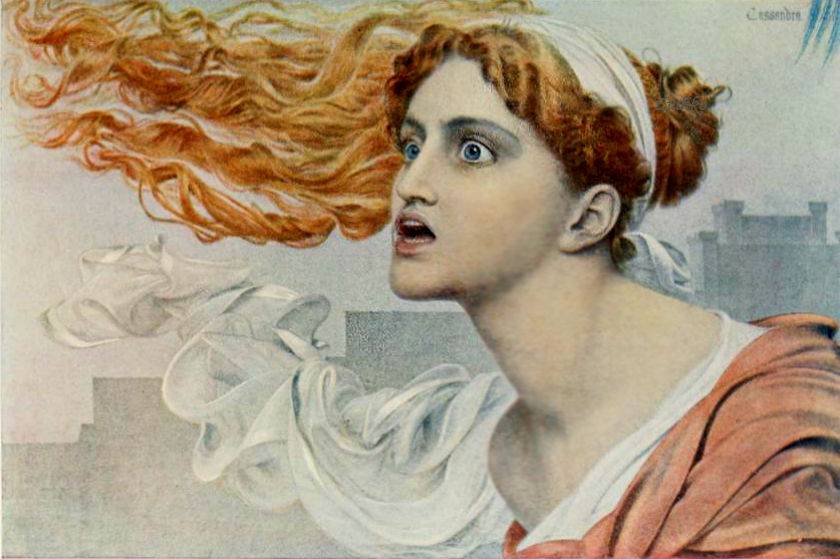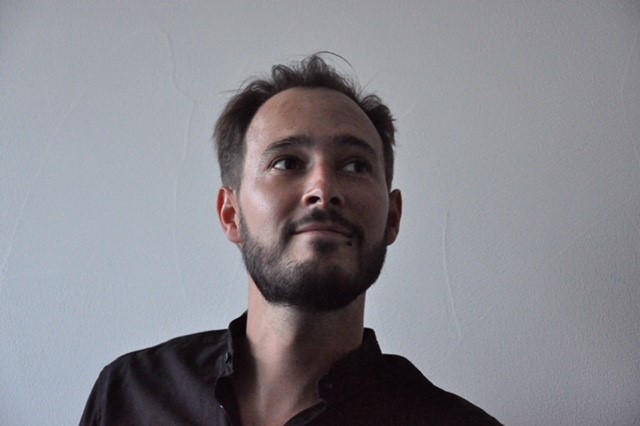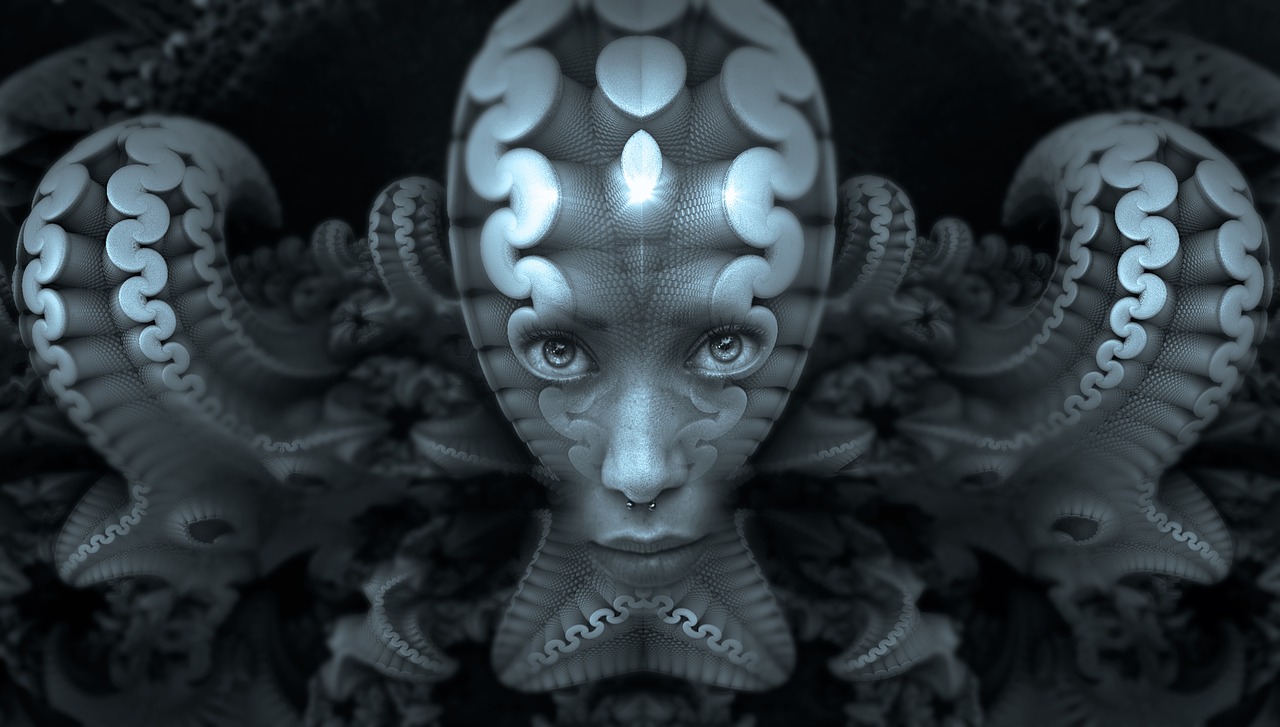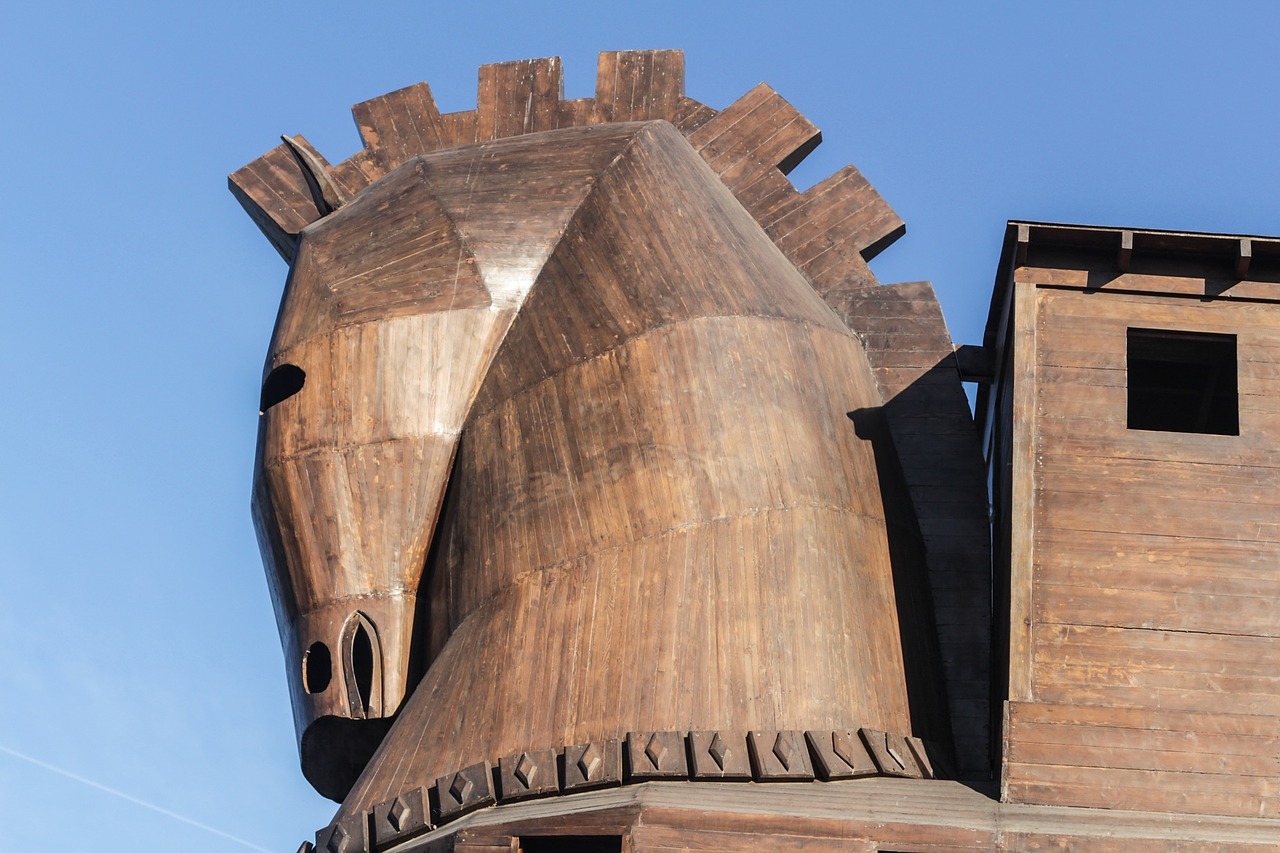
Look into my eyes...Here lies madness for non believers...
Cassandra was the daughter of King Priam and Queen Hecuba of Troy, but cursed by the Gods to utter portents and prophesies that although true, no one believed.
A figure of epic tragedy, she foresaw the destruction of Troy; warning of the ‘gift’ of the Wooden Horse from the Greeks that had laid siege to the city for a decade or more.
Taken after the battle as a concubine of King Agamemnon, she was murdered by his wife, although as a parting shot she is said to have left a chest behind in Troy that when opened would see the person who peered inside to be cursed by madness.
Labyrinthine construct
And that may well have been a thought or two racing through the minds of the MDs who first opened the pages of Ludovic Neurohr’s score to ‘Dear Cassandra, Concerto no. 14 for Brass Band & Percussion’.
For deep within its 16 minute belly lies a labyrinthine construct of a febrile musical intellect which has the potential for unbelievers to suffer an equally treacherous downfall.
‘Dear Cassandara,’ takes the form of an ‘open mail’ (letters being passé even in Greek mythology) that asks conductors to interpret the composer’s complex prophetic questioning in order to shape their own future contesting destiny.
For deep within its 16 minute belly lies a labyrinthine construct of a febrile musical intellect which has the potential for unbelievers to suffer an equally treacherous downfall.
As Neurohr says in his copious notes to the score; “I attempt to interrogate through the music and the compositional process the future direction brass band music might or might not take.”
Not short of ambition then.

Not short on style or substance: Composer Ludovic Neurohr
Beguiling
However, like the Wooden Horse, the work’s structure is beguilingly straight forward - everything looks “relatively clear” as he says.
The three linked movements are played as a whole, although once opened each in turn is divided into detailed paragraphs of musical discourse.
It is here that the conductor must seek to understand the authenticity of the composer’s at times, fearful intent, as he seeks “to enrich the repertoire”.
That personal admittance of self doubt is what gives this work added intrigue, for Ludovic Neurohr is one of the most outwardly effervescent talents writing for the brass band medium.
As he adds: “Beyond the curiosity of knowing how the future will be written, the fear to being locked into writing only for human technical capacities haunts my thoughts, and especially composing what has already been done for hundreds of times...”
That personal admittance of self doubt is what gives this work added intrigue, for Ludovic Neurohr is one of the most outwardly effervescent talents writing for the brass band medium.
He is certainly not a composer who has a readily identifiable ‘comfort zone’ as he questions in his foreword notes (who else would come up with a ‘Concerto for Brass Band and Ondes Martenot’).
His cool and confident persona neither lacks for style or substance.
Delphic call
‘Dear Cassandra’ opens with an extended exploratory introduction; a single octave tone releasing textures, dynamics and effects from single and ensemble lines in a Delphic call to Cassandra to reveal a kernel of future truth - helped by a cornet cadenza.
That is further explored in ‘The Call’ section that follows; an underlying rhythmic sequence representing the title of the work like a Morse Code identity (echoing the cipher technique explored in earlier European test-pieces by Piet Swerts in ‘Chain’ and Jan Van der Roost in ‘From Ancient Times’).
However, at this point ‘routine’ schematics are turned on their head.
‘Fear’ (his own) sees the music delve into a perceived world of electronic pop rock; fevered rhythmic ostinatos and gargantuan tubas - simple building block ideas that sound anything but.
Acid tab trip
The questions now posed may come from the mind of a composer renowned for his inventiveness and innovation, but one who also queries his ability to step away from the ‘strong but conservative’ constraints of the brass band test-piece process.
‘Fear’ (his own) sees the music delve into a perceived world of electronic pop rock; fevered rhythmic ostinatos and gargantuan tubas - simple building block ideas that sound anything but.
There then comes ‘Tests’ of character and technique for euphonium and soprano, before segueing into what seems like a short acid-tab trip of happy psychedelic surrealism (with motif repeat elements and an oblique reference to Pink Floyd) and a ‘munchies’ delight of ‘High Hopes’ that take the form of overlapping quasi-cadenza solos.

Psychedelic makes happy as the composer says...
Emotive core
If there is an emotive core to the work - one that Neurohr seeks to connect to the audience with, then this is it (he calls it his emotional ‘contract’) - although it is quickly followed by another question of faith led by an atonal jumping bean bass trombone.
‘No Matter’ turns into a prophetic response of ‘Let’s Make Music!’ instead - although the composer’s use of a theme from Pergolesi Thema’s ‘Stabat Mater’ reveals his unbreakable gossamer link to the traditions of the past.
The ‘Finale’ seeks to dispel doubt once and for all, and to rid our (and the composers) inhibited acceptance of those initial portents of unease that emerged from that single opening note.
‘No Matter’ turns into a prophetic response of ‘Let’s Make Music!’ instead - although the composer’s use of a theme from Pergolesi Thema’s ‘Stabat Mater’ reveals his unbreakable gossamer link to the traditions of the past.
In its way the joyful explosion of colour, drive and energy finally reveals that inside the gut of such a clever compositional conceit were the seeds of triumph or downfall all along.
These in turn were primed ready to either wreck havoc on established compositional norms or to germinate a new and exciting landscape of musical fertility - led by the conductor and band that embraces and understands them best.

Beware Greeks bearing equine gifts...
Equine gifts
It brings an exciting, colourful work to a triumphant close, one which coherently develops its initial idea in both its vertical and horizontal structures.
It is imaginative without straying into barren longeurs of meaningless padding, the colouring of the tonality thoughtful, not eye-poppingly Day-Glo (the percussion writing is extensive but excellent).
you can be sure the conductors in Montreux will now be wise not to ignore the portents of Greek’s bearing future equine gifts to their bandrooms...
And whilst the technical challenges for the main solo lines are demanding, they will enable the very best top class performers to shine. There is sure to be some stunning musical virtuosity on show (‘High Hopes’ indeed).
There will be much to debate about ‘Dear Cassandra,’
Whether Ludovic Neurohr has given us an open mail answer to how we can shape our musical contesting futures remains to be seen, but you can be sure the conductors in Montreux will now be wise not to ignore the portents of Greek’s bearing future equine gifts to their bandrooms...
Iwan Fox













